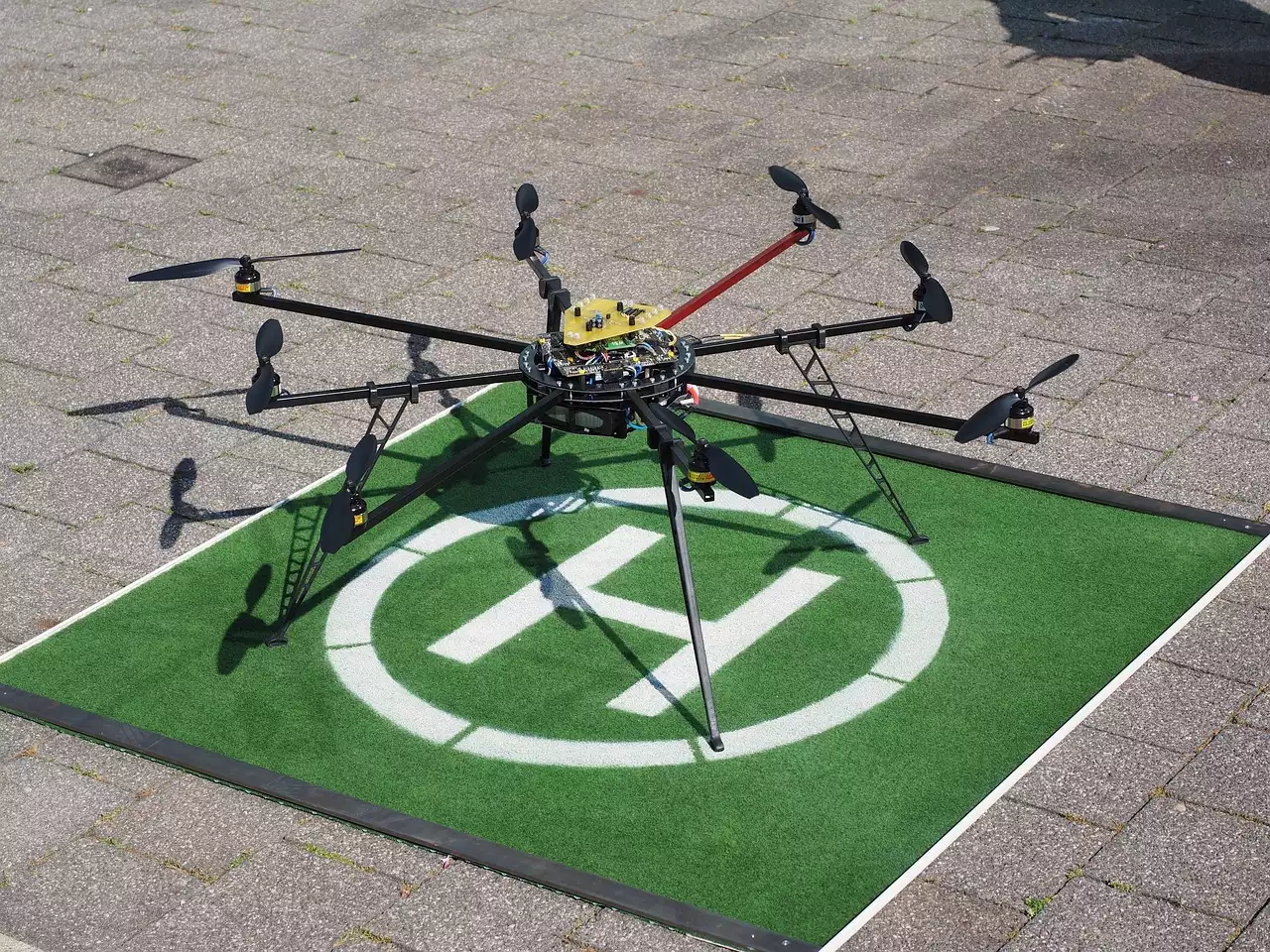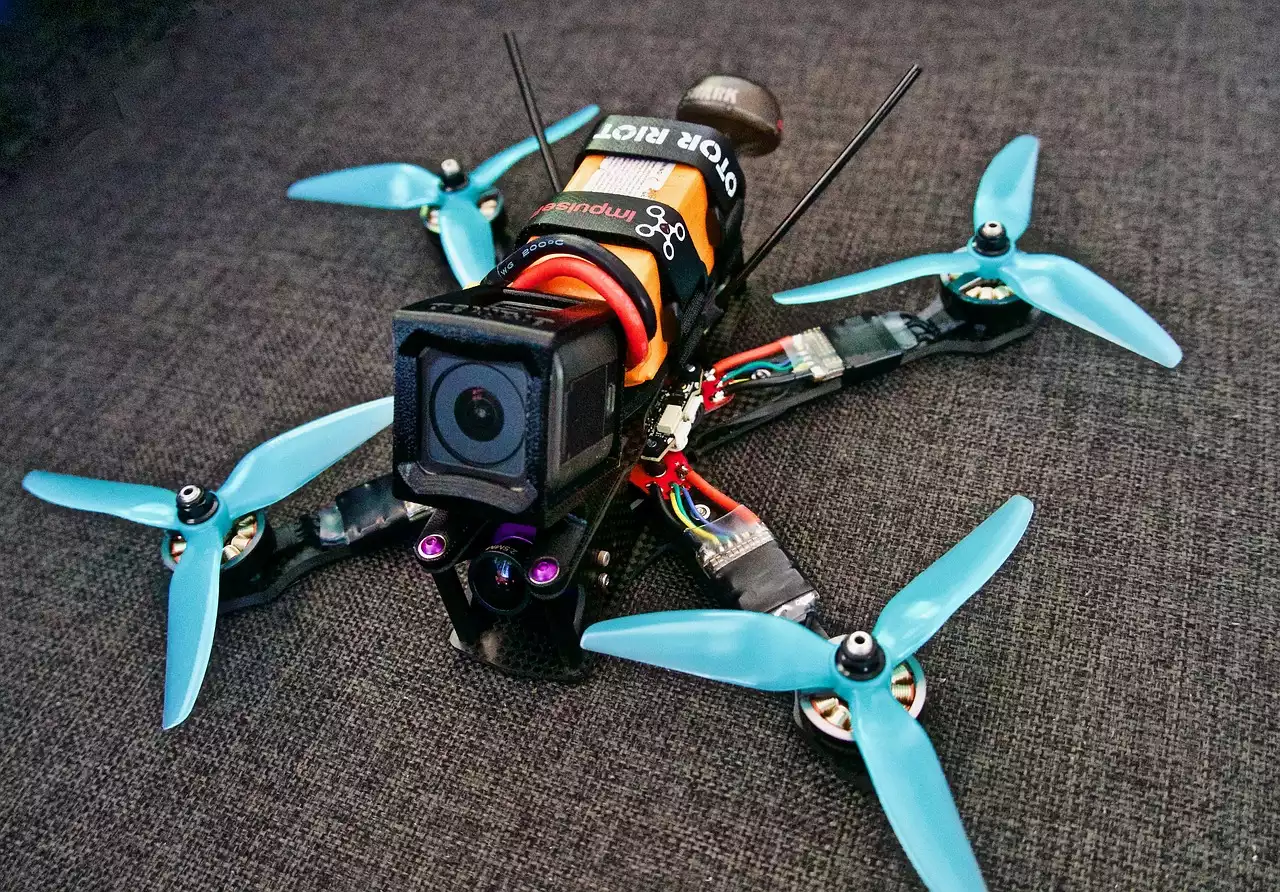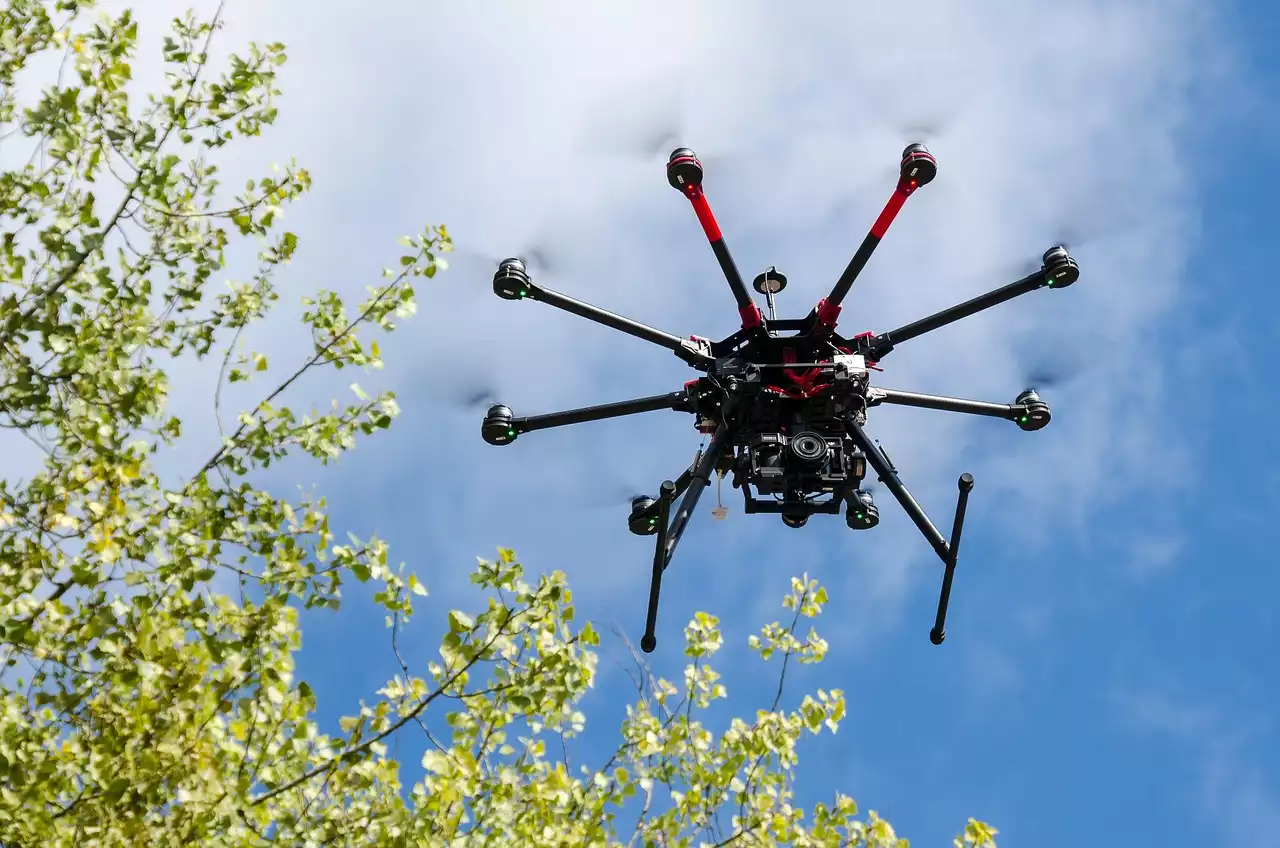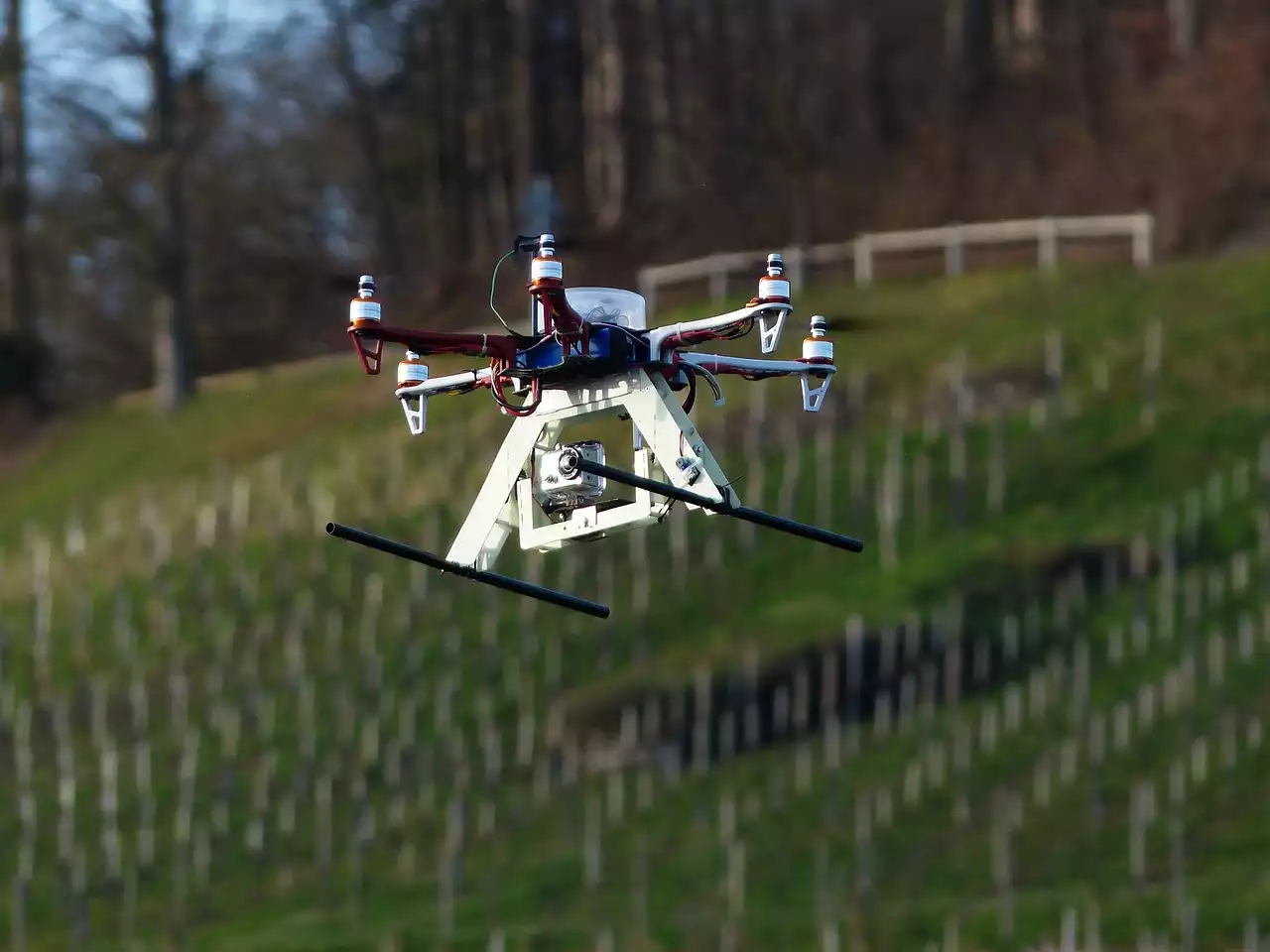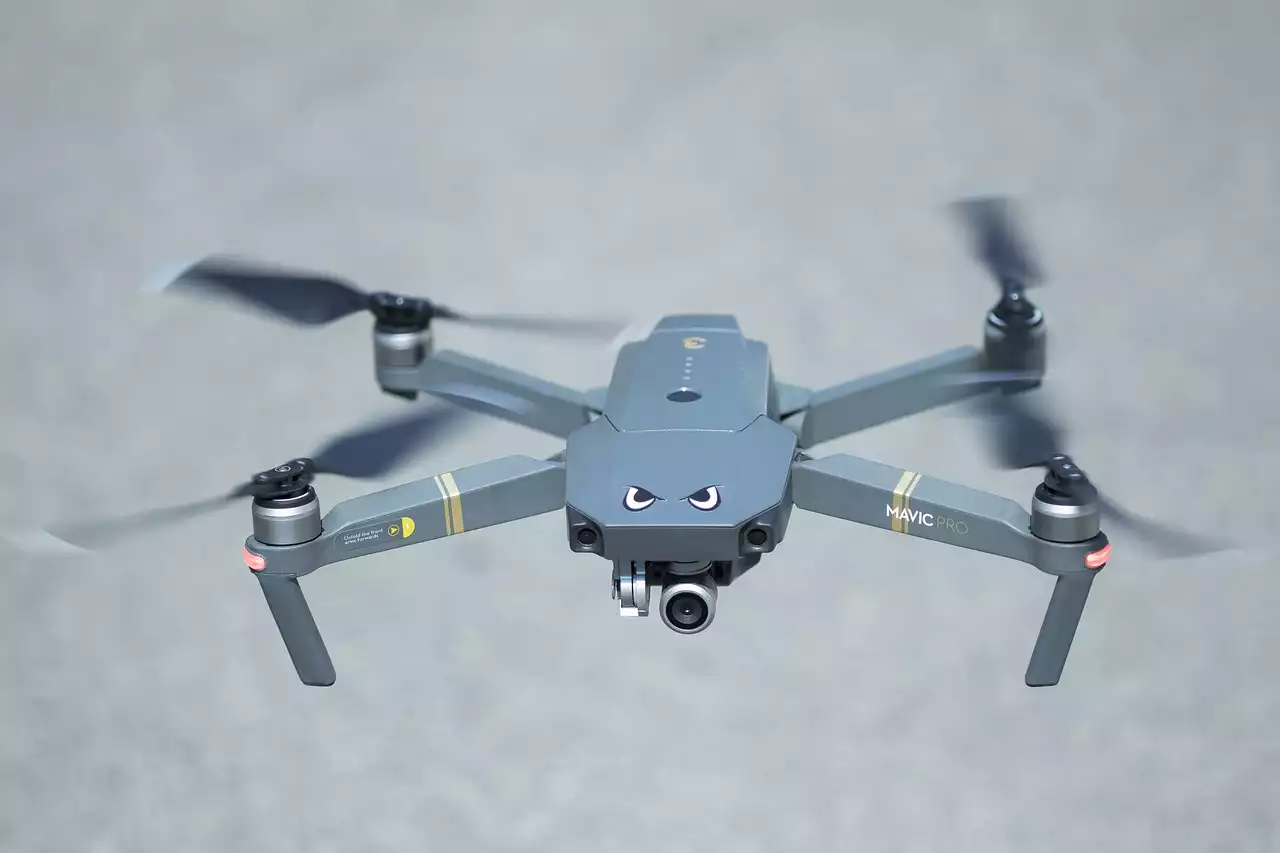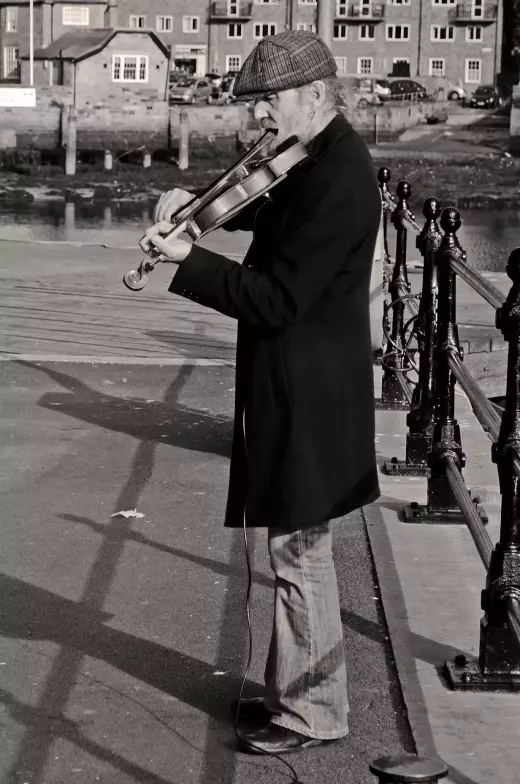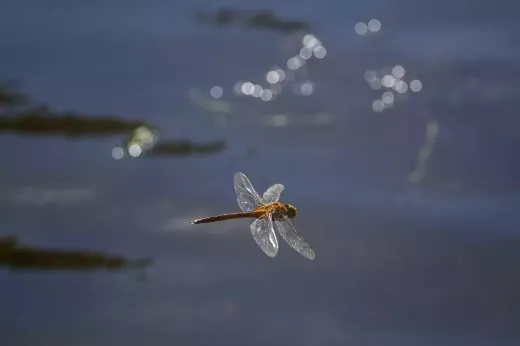What are single-rotor helicopter drones?
Single-rotor helicopter drones are drones with a single rotating rotor. This contra-rotating rotor allows the helicopter to hover, descend and ascend vertically, and fly sideways, backwards, diagonally, and forwards. There is typically no tail rotor, making single-rotor helicopters smaller and more compact than the more traditional twin-rotor helicopters. These are the most common type of multi-rotor drone configuration, and there are many different types of single-rotor helicopter drones. Single-rotor drones are frequently used in filming and television production, where their compact size and ability to hover allows them to operate in busy urban areas while remaining unobtrusive. They are also used in aerial photography and surveying, where their long flight times allow them to cover large areas quickly. Single-rotor helicopters are also used in search and rescue operations and by delivery services. They can also be used in military operations, for example for data collection and surveillance, or for delivering supplies and personnel to areas that are difficult to reach by other means. Lastly, single-rotor drones are used by hobbyists for a range of tasks from racing to photography and videography.
Benefits of single-rotor helicopter drones
- Compact size - Single-rotor helicopters are more compact than the more traditional twin-rotor helicopters, making them suitable for flying in urban areas and indoors.
- Hovering ability - Single-rotor helicopters have a hovering ability that is not possible with twin-rotor helicopters, making them useful for filming and photography.
- Extended flight times - Single-rotor helicopters have long flight times that allow them to cover large areas quickly and efficiently. This makes them suitable for aerial photography and surveying, as well as for search and rescue operations.
- Wide variety of sizes and types - There is a wide variety of single-rotor helicopters available in a range of sizes and types suitable for many different tasks and applications.
- Easy to fly - Single-rotor drones are easy to fly and can be operated by anyone with minimal experience.
- Inexpensive - Single-rotor drones are more affordable than traditional helicopters.
Different types of single-rotor helicopter drones
There are many different types of single-rotor helicopters, each designed for a different purpose. The following are the most common types of single-rotor drones:
- Hobbyist drones - Hobbyist drones are the most common type of single-rotor helicopters. They are designed for both beginners and experienced pilots and are suitable for indoor and outdoor flying.
- Photography drones - Photography drones are designed for taking high-quality aerial imagery. They typically have higher-end cameras and longer flight times for covering large areas and are often more stable during flight.
- Racing drones - Racing drones are specially designed to compete in indoor and outdoor races. They are lightweight and agile and come in a wide range of sizes.
- Wildlife drones - Wildlife drones are designed for field research and wildlife monitoring, and are equipped with sensors and GPS systems. They are smaller and quieter than other types of drones and can be used in sensitive areas without disturbing wildlife or livestock.
- Commercial drones - Commercial drones are larger and more powerful than other types of helicopters and are designed for lifting heavy payloads over long distances.
Uses of single-rotor helicopter drones
- Aerial photography - Aerial photography is a popular use for single-rotor helicopters, as they provide a unique perspective that cannot be achieved with terrestrial photography. They are frequently used by real estate agents to showcase properties, and in the film and television industries.
- Aerial surveying - Aerial surveying uses single-rotor helicopters to measure large areas, such as fields and forests. They can be used to identify areas that are at risk of flooding, or for monitoring farmland for signs of disease and pests.
- Search and rescue operations - Single-rotor helicopters are used by search and rescue teams to locate and identify people trapped in dangerous areas, such as collapsed buildings. They are smaller and quieter than traditional helicopters, making them suitable for use in urban areas.
- Delivery services - Some delivery services are now using single-rotor helicopters to deliver parcels. This allows them to reach areas that are difficult to access using regular vehicles, such as mountains or rural areas.
- Military operations - Military operations are increasingly using single-rotor helicopters in areas that are difficult to access using ground vehicles. They are often quieter than larger helicopters and less likely to be detected by enemy forces.
Advantages of single-rotor helicopter drones
- Compact size - Single-rotor helicopters are compact and light, making them suitable for flying in urban areas and indoors. Their smaller size also makes them more stable in windy conditions.
- Hovering ability - A single-rotor helicopter’s hovering ability allows it to stay in one place in the air, making it useful for filming and photography. It can also be used to land in areas that are too small for other types of helicopters.
- Extended flight times - A single-rotor helicopter’s long flight times allow them to cover large areas quickly, and make them suitable for aerial photography and surveying.
- Wide variety of sizes and types - There is a wide variety of single-rotor helicopters available in a range of sizes and types suitable for many different applications.
Disadvantages of single-rotor helicopter drones
- No tail rotor - Single-rotor helicopters do not have a rear rotor, meaning that if the main rotor stops working, the helicopter will fall out of the sky.
- Less stable than other helicopters - Single-rotor helicopters are less stable than other helicopters, which can make them less suitable for rough weather conditions.
- Noise - Single-rotor helicopters may be louder than other helicopters, making them unsuitable for use in sensitive areas.
